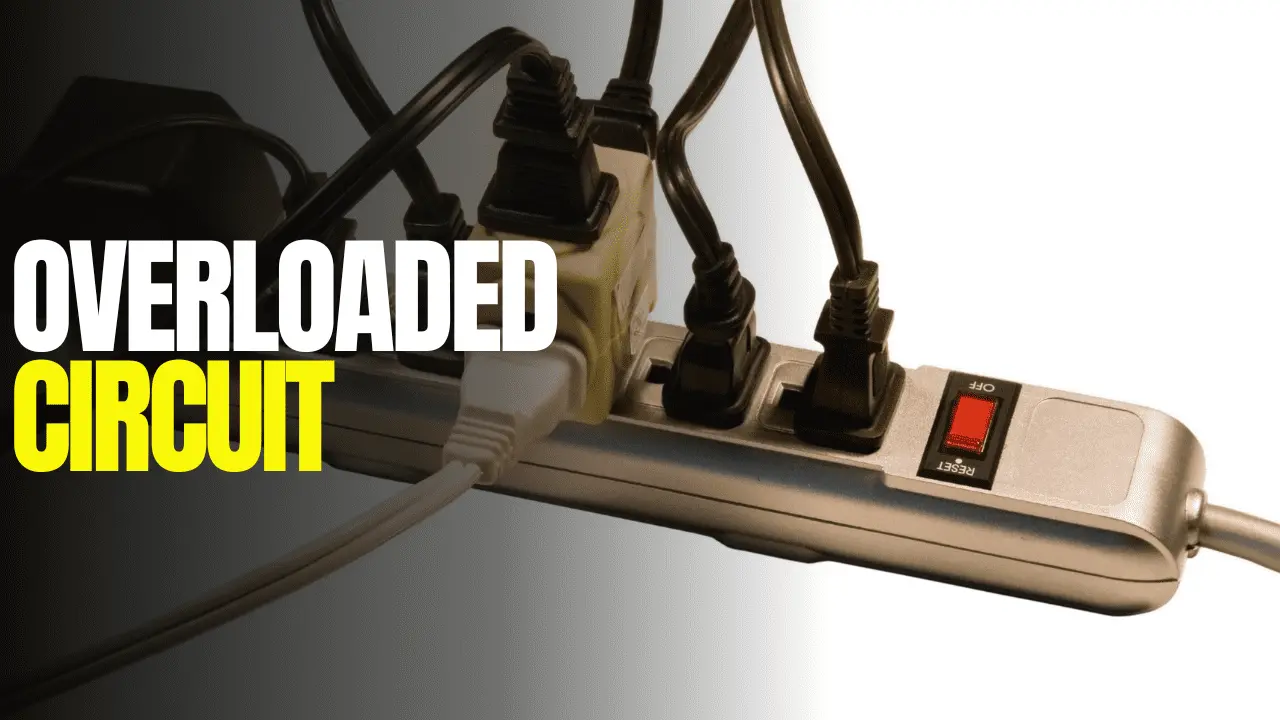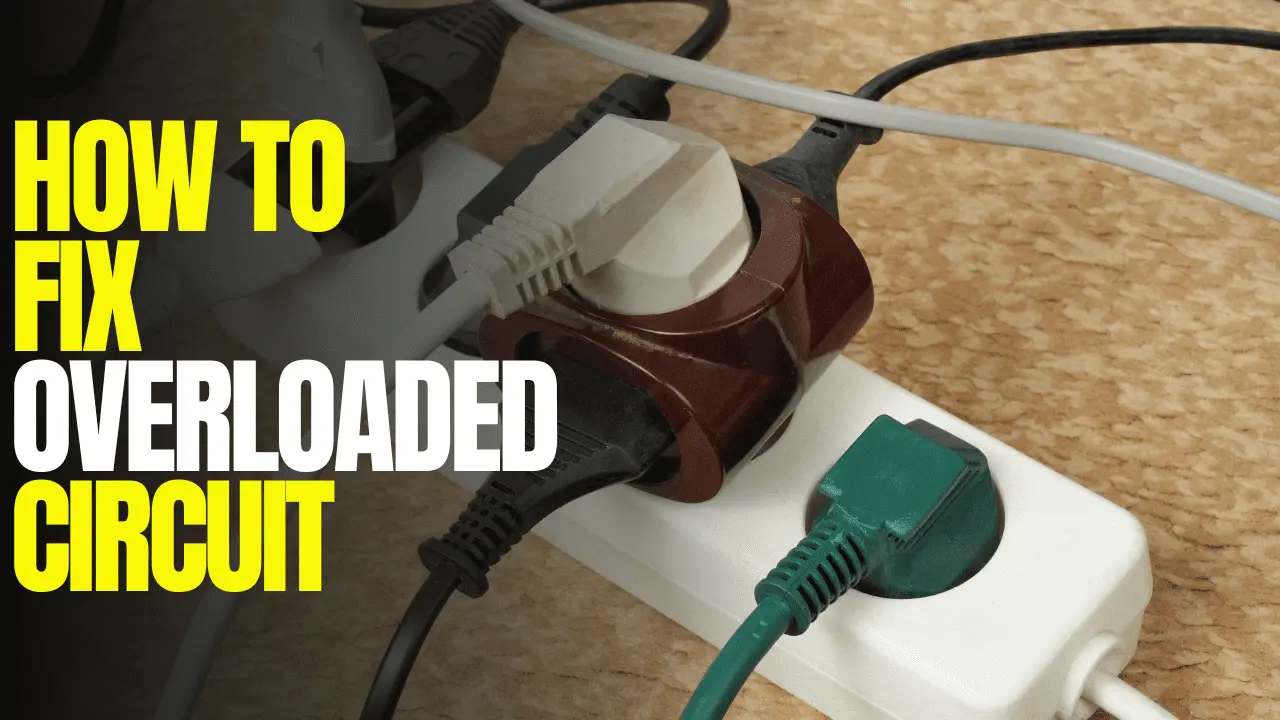House fires are frequently caused by electric circuit overloads, so it’s important to recognize the warning signs and control how much electricity your home uses. An obvious indicator of an overload is a circuit breaker that keeps tripping. In this guide, I will teach you about How to fix an overloaded circuit.

How to fix overloaded circuit
Resetting the breaker will eventually cause it to malfunction. Which could lead to an electrical overload that causes the wiring insulation to overheat and fire.
What Is an Electrical Circuit Overload?
The circuit is said to be overloaded when the amount of electricity flowing through a circuit over the safety threshold at which the appliances and devices operate.
An electric overload happens when electric wires receive an excessive amount of current. There’s a chance that the wires will melt from the heat and spark a fire.
How to fix an overloaded circuit?

An overload can be quickly resolved by doing this simple: Move a few plug-in electronics to a different general-purpose circuit from the overloaded circuit. Next, replace the fuse or flip the circuit breaker back on and turn the power back on.
In actuality, determining that you’ve discovered a workable, long-term solution is more difficult. Finding outlets on another general-purpose circuit is the first step. Next, you need to figure out how to get there easily. Avoid the urge to use an extension cord to solve the issue. Extension cords should only be used temporarily. They shouldn’t be secured in place or utilized as long-term wiring.
Transferring some devices from the overloaded circuit to a different general-purpose circuit is an easy way to address a circuit overload in the short term. After that, all you have to do is replace the fuse or flip the circuit breaker back on.
Nevertheless, determining a workable long-term solution can be considerably more difficult. For example, you have to redistribute the load to other general-purpose circuits or run new dedicated circuits to the largest loads if the load exceeds the Electrical Code’s permissible limit.
Why Does a Circuit Get Overloaded?

Average household usage is the basis for home electrical systems; however, overloading a circuit with too many appliances can cause issues. Adding additional appliances to wall outlets or extension cords is another problem.
When the circuit wiring’s rated load is exceeded, the breaker trips, shutting off the circuit completely. In the absence of a breaker, an overload could melt the insulation and start a fire by overheating the circuit wiring.
However using the incorrect kind of breaker or fuse can render this safety feature ineffective, so it’s best to prioritize safety to avoid overloads in the first place.
FAQs
What is overloading?
An overload is when there is an excessive amount of force applied to something, like when there is too much electricity and the circuits short out. An instance of “Too much!” arises from overloading. Overloading refers to pushing someone or something too far. An employee may be overworked by a supervisor if they are given excessive tasks.
How to fix an overloaded circuit?
Spreading out the high-amperage devices will help prevent overloaded circuits by preventing them from attempting to draw power from a single 20-amp circuit. You’ll need to hire an electrician to add another circuit to the area where these devices are giving you trouble if spreading them out is not an option.
How can an overloaded circuit be unloaded?
Just find your circuit panel, which is typically located in your garage or basement, and see if any of the switches there have tripped or are partially tripped. After that turn it off and back. You can unload with this simple trick.
Does Your Overloaded Circuit Need to Be Fixed by a Professional Electrician?
Home electrical issues can be so dangerous that they could endanger life. If circuit breakers are tripping frequently it indicates the possibility of a serious safety problem. It is best to leave fixing any part of your home’s electrical system to a professional electrician. This includes finding a long-term fix for circuit overloads.
What Indicates That an Electrical Circuit Is Overloaded?
A breaker that frequently trips and cuts off your power is a clear sign that the circuit is overloaded. Here are some more indicators of a circuit overload:
- Flickering or dimming lights, particularly when more lights or appliances are turned on.
- Buzzing sounds coming from switches or outlets.
- Covers for switches or outlets that warm up to the touch.
- Burning smell coming from switches or outlets.
- Scorched outlets or plugs.
- Appliances not getting enough power.
- Sluggish electronics.